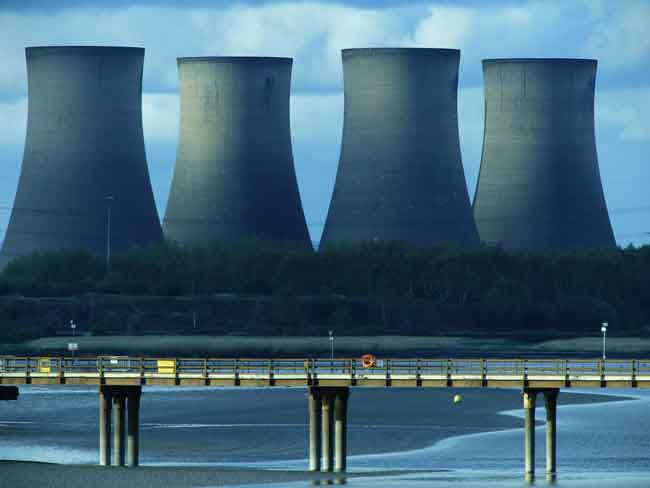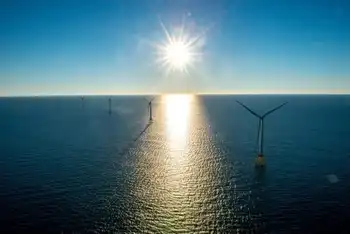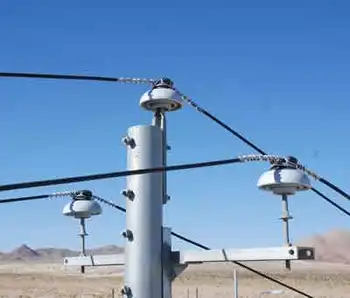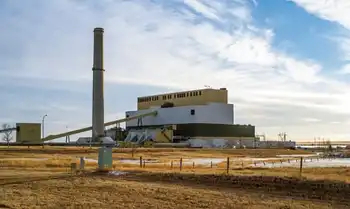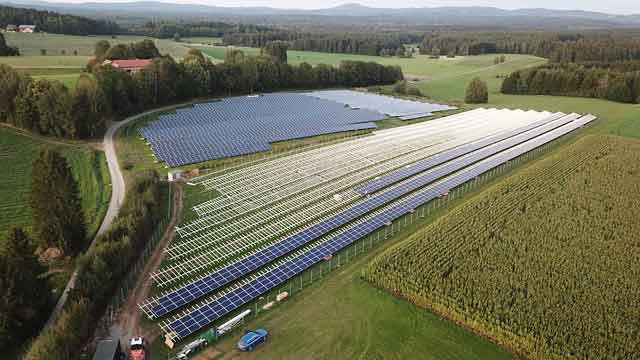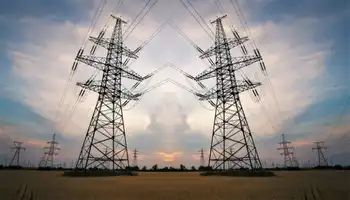The geopolitics of car batteries
By EV World
Protective Relay Training - Basic
Our customized live online or in‑person group training can be delivered to your staff at your location.

- Live Online
- 12 hours Instructor-led
- Group Training Available
Incorporating a source of electricity into a car requires a battery — something for which several different raw materials can be used. Lithium is the most efficient raw material used in batteries, but the number of lithium deposits in the world is limited; most are found in South America.
As the market for lithium grows, countries with large lithium deposits will become more important to the global economy. Countries with the technology to process lithium and manufacture batteries will also become more significant.
The current standard material for high-powered rechargeable batteries for hybrid vehicles is nickel metal hydride (NiMH). Australia has the worldÂ’s largest proven reserves of nickel, but Russia, Canada and Indonesia are the largest producers. With such wide distribution of easily accessed nickel deposits, an interruption in the supply or manufacturing of NiMH for batteries is relatively unlikely. NiMH batteries are quite expensive, but presently they are more cost-effective than the lithium-ion batteries being developed to replace them. For now, NiMH batteries will remain the standard (even the new 2010 Toyota Prius relies on NiMH batteries).
However, lithium-ion batteries will become the standard in the near future. Underpinning this shift is the simple fact that NiMH batteries are heavy and their energy per unit of mass is approximately half that of a lithium-ion battery. Though lithium batteries are effective, the industry has yet to develop a way to mass-produce them at the scale the automobile industry requires. As soon as the manufacturing technology becomes available, every car company in the world will be able to use lithium batteries. Carmakers are ready to shift to the lighter lithium batteries because they would boost vehicle performance.
Lithium can be obtained in small quantities in the form of lithium chloride (LiCl) from just about anywhere in the world, but concentrated deposits — called salares — are found only in a few places. Salares result when pools of salt water, which contain LiCl, accumulate in basins that lack drainage outlets, allowing the water to gradually evaporate and leave dense layers of salt behind. Underneath the dried salt layer is a layer of brine — groundwater with a high concentration of LiCl in solution. It is this brine that is highly prized as a source of lithium.
For a lithium deposit to be commercially viable, it must have a large amount of lithium that is not contaminated with too much magnesium, and it must be in a location where natural evaporation will concentrate the watery solution where LiCl is normally found. Factors that contribute to increased evaporation include low air pressure found at high altitudes, low precipitation, frequent winds, high temperatures and exposure to solar radiation.
Thus, commercial lithium deposits are found along volcanic belts in the earthÂ’s desert regions.
The process of harvesting LiCl exploits the same natural process that initially created the salt flat — evaporation. Brine is pumped from beneath the crust into shallow pools on the surface of the salt flat, where it is left to bake in the sun for about a year. During this period, the LiCl becomes more concentrated as the brine is reduced by solar radiation, heat and wind.
To be used in a lithium battery, however, the LiCl must first react with soda ash to precipitate lithium carbonate (Li2CO3), which can then be processed into metallic lithium for use in making a battery’s cathode. This usually takes place at off-site chemical processing plants, making it necessary to transport the lithium by tanker — something that becomes economically viable only after the lithium solution is sufficiently concentrated.
Thus, the rate at which the water evaporates is quite important for economical harvesting of lithium, and it also influences the size (and therefore the environmental footprint) of the solar ponds required to achieve economic concentrations.
After the lithium is extracted, it must be processed for use in batteries, and only a few producers have the required capital and capacity to manufacture lithium batteries.
Currently, most companies that can supply lithium-ion batteries for vehicles are joint ventures between auto manufacturers and technology firms. Of these, seven are based in Japan, two are in the United States, two are in Korea and one is in China. These few producers rely on even fewer suppliers for the components — primarily the anodes, cathodes, separator and electrolytic salt — of lithium-ion batteries.
The most specialized step in the process is the production of the electrolytic salt used in lithium-ion batteries. That salt (lithium hexafluorophosphate) is produced only in Japan at two complexes, one in Okayama prefecture and the other in Osaka prefecture.
An estimated 70 percent of the world’s LiCl deposits are found in South America. Chile is the world’s largest producer of LiCl — not only because Chile already has highly developed mining, transport and processing infrastructure, but because its climate and geography are favorable for the evaporation that is central to producing lithium.
The Salar de Atacama is located in the Atacama Desert, which receives almost no rainfall and has high winds, low humidity and relatively high average temperatures. Together, these features make the Salar de Atacama the second-driest place on earth, after Antarctica.
Argentina has the worldÂ’s third-largest estimated lithium reserves. ArgentinaÂ’s Salar de Hombre MuertoÂ’s average elevation is nearly twice that of Salar de Atacama, but what it gains in altitude it sacrifices in net evaporation. Though its evaporation rate is only about 72 percent of AtacamaÂ’s, Salar de Hombre Muerto is still commercially successful because costs are low and are further offset by the sale of recoverable byproducts like boric acid.
Bolivia produces no lithium, though it is sometimes called “the Saudi Arabia of lithium” because its still-untapped salares are thought to contain nearly 50 percent of the world’s estimated lithium reserves, most of which is found within the brines of the vaunted Salar de Uyuni. Attention to Bolivia’s reserves has increased strongly in recent years, with South Korea, Japan and France showing particularly strong interest (China is rumored to be interested as well). However, having a resource does not mean it can be brought to market at a reasonable cost.
UyuniÂ’s higher rainfall and cooler climate means that its evaporation rate is not even half that of AtacamaÂ’s. Achieving the necessary concentrations is further complicated because the lithium in the Uyuni brine is not very concentrated, and the deposits are spread across a vast area. Uyuni also has a high ratio of magnesium to lithium within the brine, which means the magnesium must be removed through an expensive chemical process. This is something Chile has handled with relative ease, but UyuniÂ’s deposits have three times the magnesium concentrations of AtacamaÂ’s, making investment in BoliviaÂ’s deposits much less economical.
Bolivia also lacks established infrastructure, and any serious investments in Uyuni would require extensive spending upfront on infrastructure development. Combined with the highly unwelcoming investment climate in Bolivia, there is no guarantee that the country will be able to attract the massive investment necessary to develop its reserves, despite the rise of global interest in lithium. It will be difficult for the Bolivian government to achieve its goal of becoming a center of lithium processing.
This is not to say that Bolivia could never be a major lithium producer, but in the short- to medium-term, Chile will continue to dominate global lithium markets.
Because of the high level of specialization currently required in the lithium battery market and the limited number of sources for the materials, the growth and stability of the market depends heavily on a few manufacturers. In part, this is a result of the high levels of capital investment needed to develop and supply the batteries at scale.
However, as car manufacturers begin to ramp up production of hybrid vehicles, the demand for lithium batteries will increase. Higher production will likely help reduce the cost of each individual battery, and opportunities for prospective manufacturers will increase.
The shift toward lithium-ion batteries will not be immediate, but lithium batteries will become more affordable as car manufacturers seek to increase vehicle performance while reducing gasoline consumption. This means that JapanÂ’s technology centers and ChileÂ’s lithium mines will become increasingly important to the global economy.





